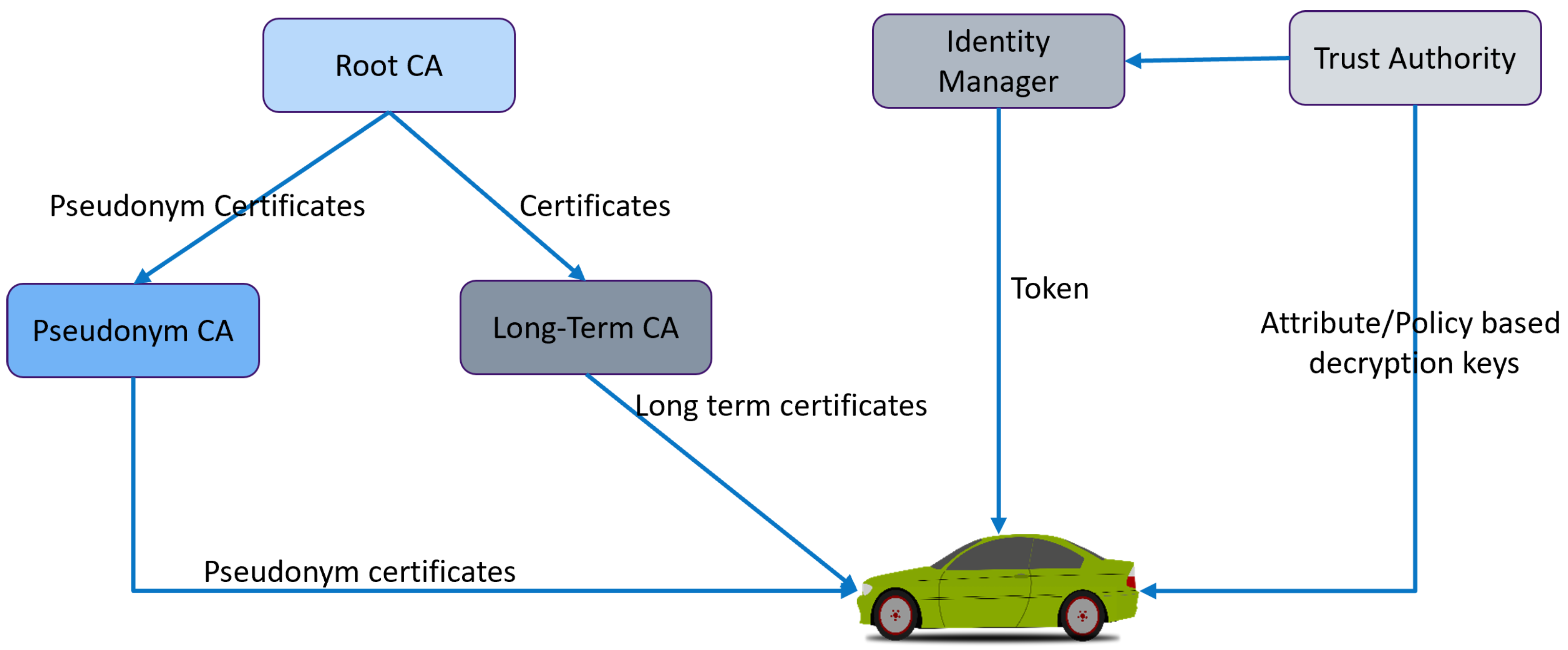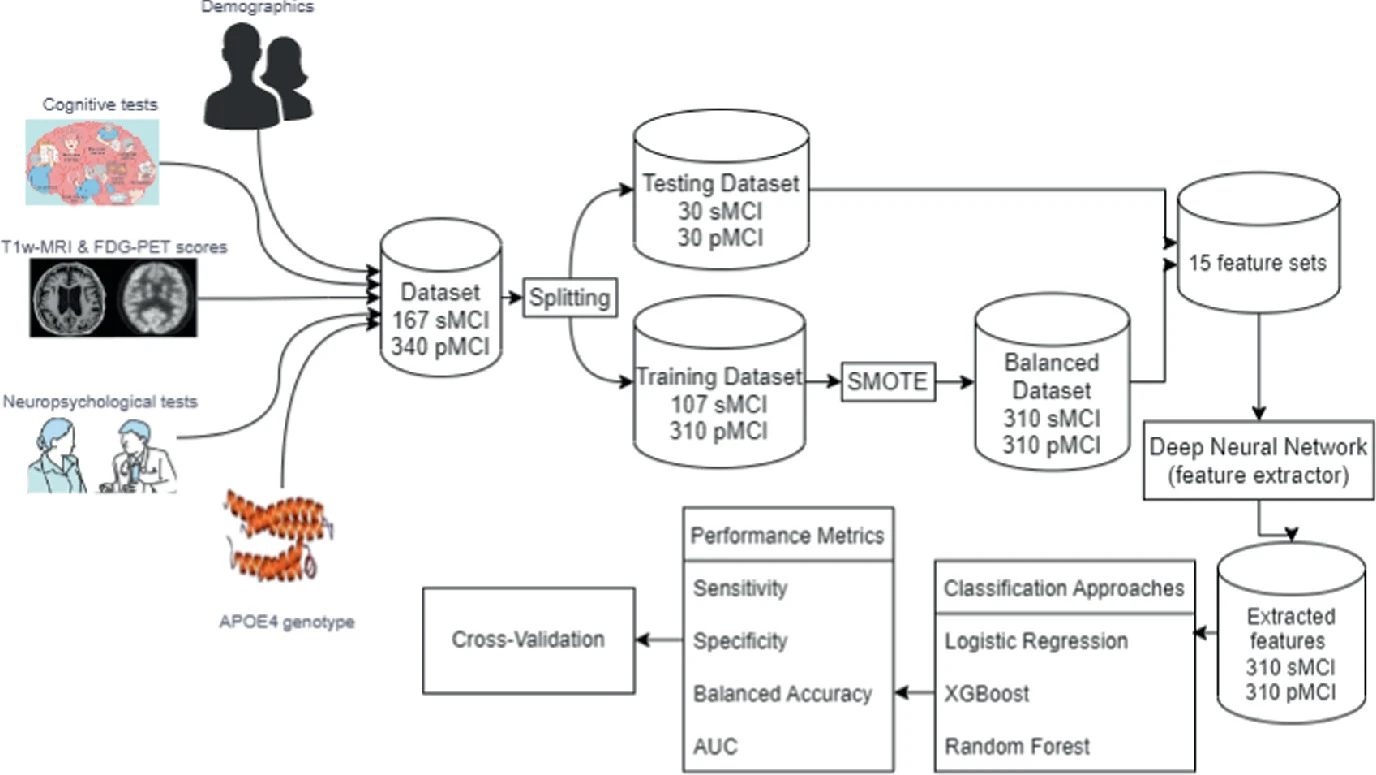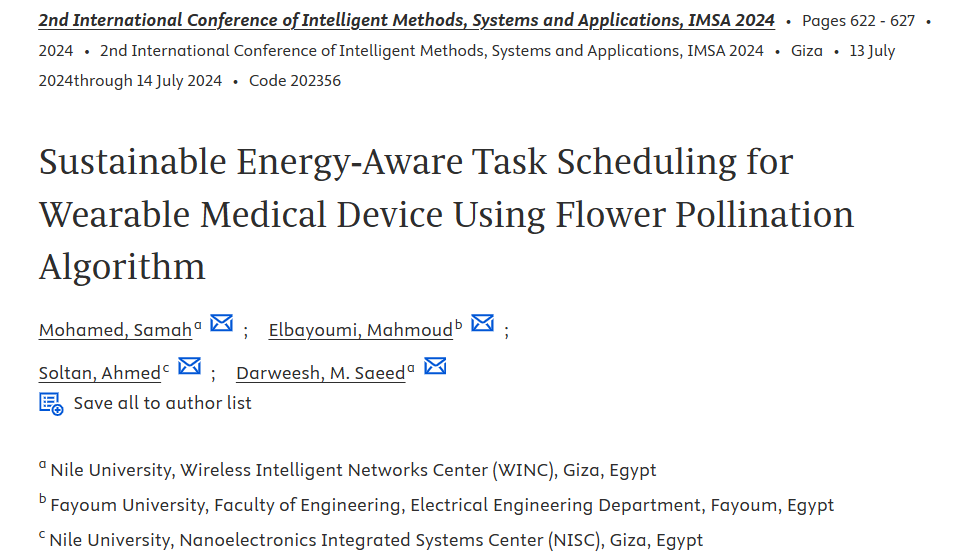Breadcrumb

A Novel Approach to Breast Cancer Segmentation Using U-Net Model with Attention Mechanisms and FedProx
Breast cancer is a leading cause of death among women worldwide, emphasizing the need for early detection and accurate diagnosis. As such Ultrasound Imaging, a reliable and cost-effective tool, is used for this purpose, however the sensitive nature of medical data makes it challenging to develop accurate and private artificial intelligence models. A solution is Federated Learning as it is a promising technique for distributed machine learning on sensitive medical data while preserving patient privacy. However, training on non-Independent and non-Identically Distributed (non-IID) local datasets
Integrating Smart Contracts with WDNs Framework for Energy Management and Secure Transactions
The management of energy consumption and payment transactions using a secure, decentralized energy system framework is essential in the water distribution network (WDN). The water energy market, in which energy may be transformed into a digital asset that is potentially monitored, trackable and tradable, might greatly benefit from the deployment of blockchain technology. This is because the blockchain has transaction privacy, decentralization, security, and immutability features. Furthermore, using blockchain smart contracts enables energy market management operations such as consumers
SSHC with One Capacitor for Piezoelectric Energy Harvesting
Piezoelectric vibration energy harvesters have attracted a lot of attention as a way to power self-sustaining electronic systems. Furthermore, as part of the growing Internet of Things (loT) paradigm, the ongoing push for downsizing and higher degrees of integration continues to constitute major drivers for autonomous sensor systems. Two of the most effective interface circuits for piezoelectric energy harvesters are synchronised switch harvesting (SSH) on inductor and synchronous electrical charge extraction; nevertheless, inductors are essential components in both interfaces. This study

Energy Aware Tikhonov-Regularized FPA Technique for Task Scheduling in Wearable Biomedical Devices
Harvesting the energy from environmental sources is a promising solution for perpetual and continuous operation of biomedical wearable devices. Although the energy harvesting technology ensures the availability of energy source, yet power management is crucial to ensure prolonged and stable operation under a stringent power budget. Thus, power-aware task scheduling can play a key role in minimizing energy consumption to improve system durability while maintaining device functionality. This chapter proposes a novel biosensor task scheduling of energy harvesting-based biomedical wearable devices
Energy Optimization and Cost Reduction in Water Distribution Networks
Since the majority of energy consumed by water supply systems is used in transporting and distributing water, in addition to the energy required to pump the water from its sources, energy consumption is significantly associated with the water demand. Several studies have been carried out to optimize pump operations to achieve appropriate pressure and reduce the energy associated with controlling water levels in storage facilities. In this paper, we develop an optimization and decision support technique for a Water Distribution Network (WDN) that considers energy efficiency by limiting the
Design, Simulation & Optimization on Electrical and Optical Parameters of Alq3 QW-OLED
Although the light-emitting diode (LED) was discovered in the 1900s, it is now widely used in lighting, screens, and a variety of other indoor and outdoor applications. (Organic Light Emitting Diode) OLED is one of the advancing branches of LED technology. In the structure of Alq3 OLEDs, highlight-efficiency optical materials such as TPD (hole transport layer) and Alq3 (electron transport layer) have been used. Organic light emitting layers are between two electrical contacts. The anode was made of indium tin oxide (ITO), and the cathode was made of aluminiumlithium (Al/Li). This article

Developing Smart Control Platoon Algorithm for Secure VANET Environment
A vehicular ad hoc network (VANET) is a part of smart transportation. As a result of the vehicles being able to communicate with one another and share sensitive information, it is necessary to have an environment that can be trusted. Vehicles are clustered into platoons to ensure the secure transfer of information between them and select the platoon head of each platoon to control the vehicles. This paper proposes a smart control platoon system employing local and global trust schemes among vehicles in order to establish a secure environment. The platoon head calculates the local trust in each

A Novel Diagnostic Model for Early Detection of Alzheimer’s Disease Based on Clinical and Neuroimaging Features
Alzheimer’s Disease (AD) is a dangerous disease that is known for its characteristics of eroding memory and destroying the brain. The classification of Alzheimer's disease is an important topic that has recently been addressed by many studies using Machine Learning (ML) and Deep Learning (DL) methods. Most research papers tackling early diagnosis of AD use these methods as a feature extractor for neuroimaging data. In our research paper, the proposed algorithm is to optimize the performance of the prediction of early diagnosis from the multimodal dataset by a multi-step framework that uses a

Sustainable Energy-Aware Task Scheduling for Wearable Medical Device Using Flower Pollination Algorithm
Power management and energy conservation are crucial for medical wearable devices that rely on energy harvesting. These devices operate under strict power budgets and require prolonged and stable operation. To achieve this, Energy-aware task scheduling is proposed as a solution to minimize energy consumption while ensuring the continued operational capabilities of the device. our paper presents a task scheduling method using the Flower Pollination Algorithm (FPA). The proposed task scheduling focuses on managing the activity of key components such as the heart rate sensor, temperature sensor

Improvement of piezoresistive pressure sensor using zig-zag shaped and PVDF material
Due to a wide range of applications in the biomedical industry, the need for flexible and wearable sensors is growing every day. A pressure sensor generates a signal based on the applied pressure. Sensors have become an integral component of our daily lives, from personal gadgets to industrial machinery. The identification of the low signal from the body necessitates the use of particularly sensitive sensors. The development of a pressure sensor that can transform the maximum input signal into an electrical output is critical. In this paper, zig-zag piezoresistors on a square diaphragm were
Pagination
- Previous page ‹‹
- Page 2
- Next page ››
